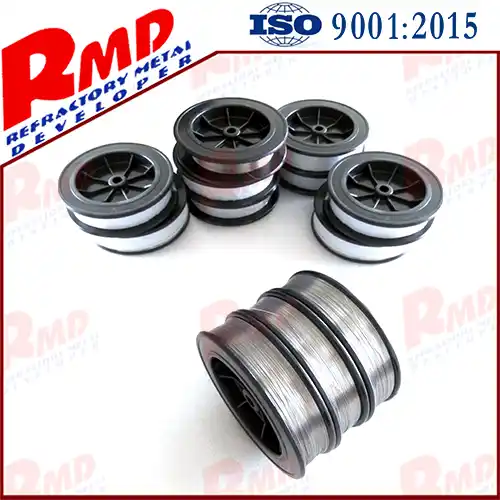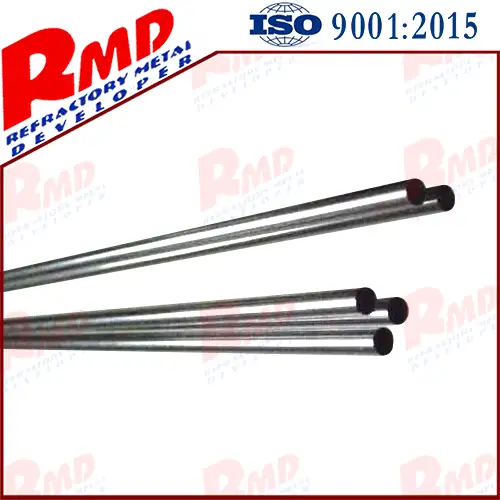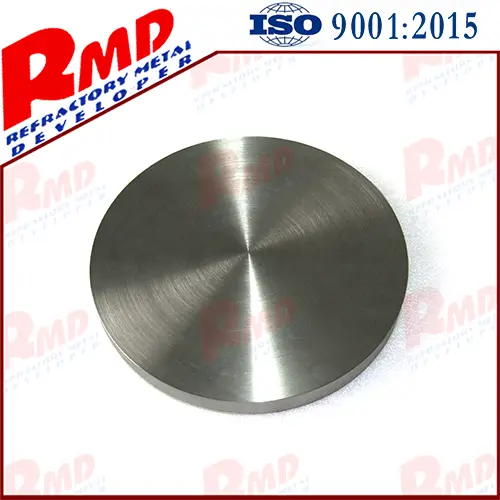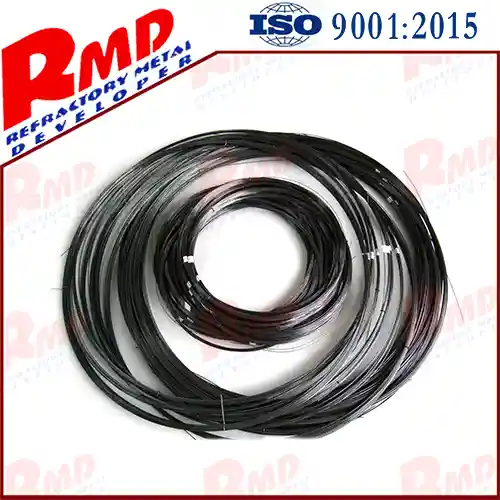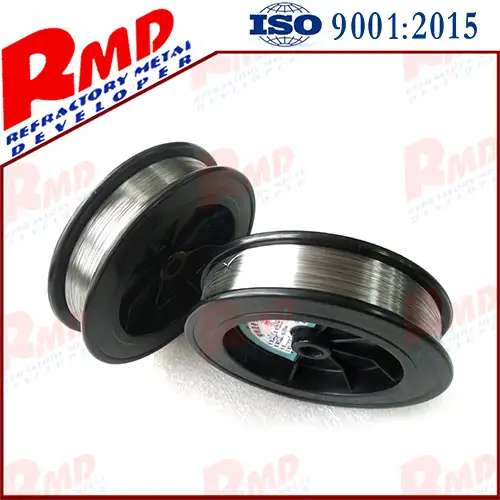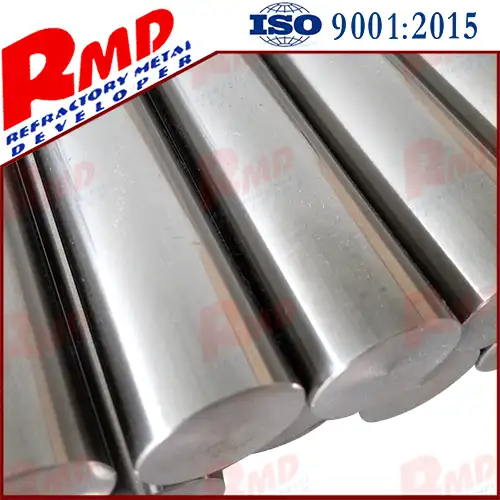- English
- French
- German
- Portuguese
- Spanish
- Russian
- Japanese
- Korean
- Arabic
- Greek
- German
- Turkish
- Italian
- Danish
- Romanian
- Indonesian
- Czech
- Afrikaans
- Swedish
- Polish
- Basque
- Catalan
- Esperanto
- Hindi
- Lao
- Albanian
- Amharic
- Armenian
- Azerbaijani
- Belarusian
- Bengali
- Bosnian
- Bulgarian
- Cebuano
- Chichewa
- Corsican
- Croatian
- Dutch
- Estonian
- Filipino
- Finnish
- Frisian
- Galician
- Georgian
- Gujarati
- Haitian
- Hausa
- Hawaiian
- Hebrew
- Hmong
- Hungarian
- Icelandic
- Igbo
- Javanese
- Kannada
- Kazakh
- Khmer
- Kurdish
- Kyrgyz
- Latin
- Latvian
- Lithuanian
- Luxembou..
- Macedonian
- Malagasy
- Malay
- Malayalam
- Maltese
- Maori
- Marathi
- Mongolian
- Burmese
- Nepali
- Norwegian
- Pashto
- Persian
- Punjabi
- Serbian
- Sesotho
- Sinhala
- Slovak
- Slovenian
- Somali
- Samoan
- Scots Gaelic
- Shona
- Sindhi
- Sundanese
- Swahili
- Tajik
- Tamil
- Telugu
- Thai
- Ukrainian
- Urdu
- Uzbek
- Vietnamese
- Welsh
- Xhosa
- Yiddish
- Yoruba
- Zulu
Tungsten Article USES
2024-01-05 18:00:06
Originally known as tungsten bar, tungsten, tungsten bar for short. Tungsten is one of the rare nonferrous minerals in the world. Its annual output is very low. Tungsten-gold is derived from a white sand ore body with a very small ore line. After many processes, such as mining, grinding, water reprocessing and refining, the grade of tungsten ore powder reaches more than 95%. Tungsten melting point: 3500℃. China is now the world's largest exporter of tungsten.
The main USES of tungsten bars include:
Steel industry:
Most tungsten is used in special steels. Widely used in high speed steel containing 9% - 24% of tungsten, 3.8% - 4.6% of chromium, 1% - 5% of vanadium cobalt, 4%, 7%, 0.7%, 1.5% carbon. High speed steel is characterized by high hardening tempering temperature in the air (700-800 ℃), it can be automatically quenched, therefore, it remains high hardness and wear resistance until 600-650 ℃. Tungsten steel in alloy tool steel contains 0.8% - 1.2% tungsten. Chrome-tungsten-silicon steel contains 2 to 2.7 percent tungsten; Chromium tungsten steel contains 2 to 9 percent tungsten; Chromium-tungsten-manganese steel contains between 0.5% and 1.6% tungsten. Tungsten-containing steel is used in the manufacture of tools such as drill bits, milling cutters, drawing dies, male and female dies, gas support tools, etc. Tungsten steel containing 5.2% - 6.2% of tungsten, 0.68%, 0.78%, 0.3%, 0.5% carbon chromium permanent magnet steel. Tungsten cobalt magnet steel containing 11.5% - 14.5% of the tungsten molybdenum, 5.5%, 6.5%, 11.5%, 12.5%, cobalt hard magnetic materials. They have high magnetization and coercive force.
Tungsten carbide base carbide:
Tungsten carbide has high hardness, wear resistance and refractory. These alloys contain 85-95 per cent tungsten carbide and 5-14 per cent cobalt, the binder metal that gives the alloys the necessary strength. Titanium, tantalum and niobium carbides are also found in some alloys used for processing steel. All these alloys are made by powder metallurgy. When heated to 1000 -- 1100℃, they still have high hardness and wear resistance. The cutting speed of carbide cutters far exceeds that of the best tool steel cutters. Hard alloy is mainly used for cutting tools, mining tools and drawing die.
Hot strength and wear resistant alloys:
As the most difficult metal to melt, tungsten is the composition of many hot strong alloys, such as 3% -- 15% tungsten, 25% -- 35% chromium, 45% -- 65% cobalt, 0.5% -- 0.75% carbon alloy, mainly used for strongly wear-resistant parts, such as valve of aero-engine, working parts of die pressing knife, turbine impeller, digging equipment, plowshares surface coating.
Alloys of tungsten and other fusible metals (such as tantalum, niobium, molybdenum, rhenium) are used as thermally strong materials in aerospace rocket technology, as well as in other sectors requiring the high thermal strength of machine parts, engines, and some instruments.
Contact materials and high-density alloys:
Tungsten-copper alloys (10% - 40% copper) and tungsten-silver alloys made by powder metallurgy have good electrical and thermal conductivity of copper and silver and wear resistance of tungsten. Therefore, it becomes a very effective contact material for the working parts such as knife switch, circuit breaker and spot welding electrode. High gravity alloy with 90% -- 95% tungsten, 1% -- 6% nickel, 1% -- 4% copper, and alloy with iron instead of copper (-- 5%), used in the manufacture of gyroscope rotor, aircraft, balance hammer for control rudder, radio-isotope radiation shield and material basket, etc.
Electric vacuum lighting material:
Tungsten is used in tube production, radio electronics and X - ray technology. Tungsten is the best material for white filament and spiral wires. High operating temperature (2200 -- 2500℃) ensures high luminous efficiency, while small evaporation speed ensures long life of the wire. Tungsten wire is used to manufacture direct hot cathode and grid of electronic oscillating tube, cathode of high voltage rectifier and side hot cathode heater of various electronic instruments. Tungsten is used as the opposite cathode and cathode of X-ray tube and gas discharge tube, as well as the contact of radio equipment and the electrode of atomic hydrogen welding gun. Tungsten wire and tungsten rod act as heater for high temperature furnace (3000℃). Tungsten heaters work in hydrogen gas, inert gas, or vacuum.
Tungsten compounds:
Sodium tungstate is used in the production of certain types of paints and pigments as well as in the textile industry for the weighting of cloth pieces and for the manufacture of fire-resistant and waterproof cloth pieces mixed with ammonium sulfate and ammonium phosphate. It is also used in the manufacture of metallic tungsten, tungstate and tungstate salts, dyes, pigments, inks and electroplating. It's also used as a catalyst. Tungstic acid is a mordant and dye in the textile industry and a catalyst in the chemical industry for making high-octane gasoline. Tungsten disulfide is used as a solid lubricant and catalyst in organic synthesis, as in the preparation of synthetic gasoline. Tungsten trioxide can be obtained when tungsten ore is treated, and tungsten powder is prepared by hydrogen reduction of tungsten trioxide, which is widely used as raw materials for tungsten and tungsten metallurgy.
China is a large country producing tungsten, with the reserves of 5.2 million tons of tungsten resources, more than three times of the total reserves of 30 countries producing tungsten abroad (1.3 million tons). The reserves of tungsten resources in hunan, jiangxi and henan rank the top three in China, among which hunan and jiangxi account for 55 percent of the total. 48%. Hunan is dominated by scheite and jiangxi by wolframite, which accounts for 42 percent of the total wolframite resources in China. 40%. Tungsten ore in China is mainly distributed in the east coast of guangdong on both sides of nanling mountains, especially in the south of jiangxi, which accounts for more than half of the world's reserves. Besides, dayu in jiangxi province, rucheng in hunan province, anhua, linwu, zixing, daling, etc. Guangxi and yunnan, sichuan, fujian provinces also have tungsten resources. The main producing areas of tungsten abroad are Canada and the United States.
There is still a lot of room to expand the use of tungsten bars.
